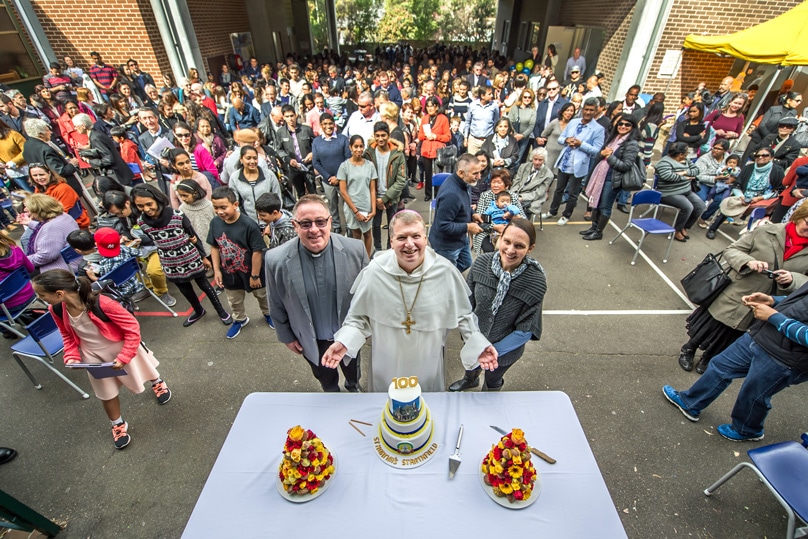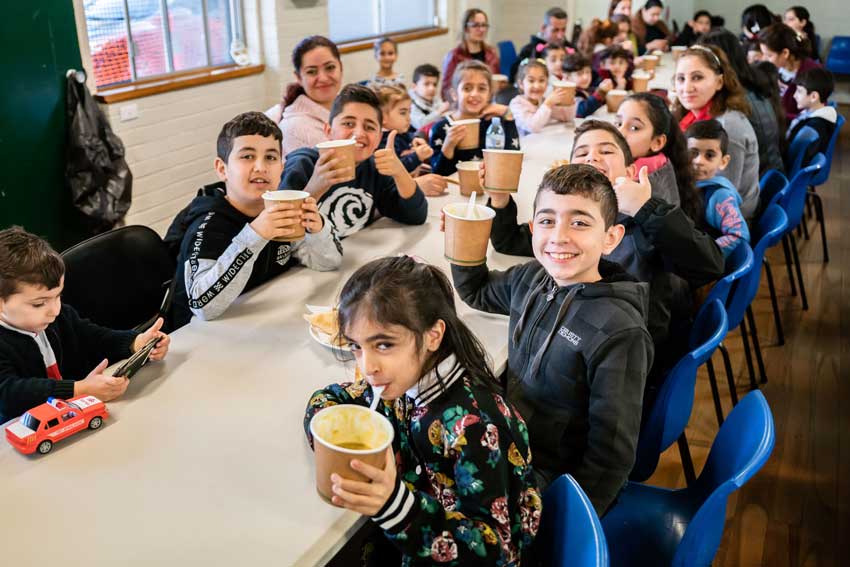
A new report confirmed that the number of Australians who identify with no religion has outstripped believers for the first time, presenting growing challenges along with opportunities for parishes.
The report from the National Centre for Pastoral Research, the chief research agency of the Australian Catholic Bishops Conference, draws upon the 2016 Australian Census and profiles the 28 geographical dioceses of Australia, including the Archdiocese of Sydney.
More than 30 percent of people say they have ‘no religion’ making the so-called ‘nones’ pass the next biggest group, the 22.6 percent of Australians who are Catholic believers for the first time in the Census’ history.
This statistic is relevant to our approaches to evangelisation as methods of Catholic outreach can often be predominantly geared towards Mass-attending Catholics or those still nominally identifying as Catholic in some way.
The currents of change encourage us to reach out to those both ‘near’ and ‘far’ in this new situation with the hope that faith brings.
As the insights of Parish 2020 are integrated and extended into an Archdiocesan mission plan to be released early next year, we learn that there are some 594,145 Catholics in the Archdiocese, representing 24.2 percent of a total population of some 2.4 million people.
Of these Sydney Catholics, more than a third (36.7 percent) were born overseas, with the majority coming from non-English countries led by Italy, Philippines, Vietnam, Lebanon and Iraq.
The top five birthplaces with the highest proportions of recent Catholic arrivals are Brazil, Colombia, France, the US and Iraq.
While the Australian population is growing, up 8.8 percent between 2011 and 2016 to 23,401,892 people, the total number of Catholics in Australia has fallen by 2.7 percent in the same period. This is true for Sydney as well with a decline of 2.8 percent.
The growing challenge and prospect as intimated by these latest demographics will be to increasingly reach out to the ‘nones’ or secular people who do not identify with the Catholic faith whatsoever as the number of Catholic-affiliated declines in communities while those of ‘no religion’ rises.

This phenomenon is also felt ‘across the ditch’ in New Zealand where those with ‘no religion’ have officially overtaken the number of Christians – Catholics and otherwise – for the first time.
Encouragingly the number of Catholic families – as defined by the Australian Bureau of Statistics and in which at least one person is Catholic – has grown slightly in the Sydney Archdiocese over the last 20 or so years, from 190,455 in 1996 to 204,898 in 2016.
As for their children, 78.6 percent of those attending Catholic infant or primary schools in the Archdiocese are Catholic while 71 percent of those attending Catholic secondary schools are Catholic.
The Australian Bureau of Statistics also notes that around four out of five (78 percent) of marriages in Australia are civil celebrations, up from 43 percent some 25 years ago.
Other changes include the loss of roughly 1000 Mass attenders each year although with 93,365 Sydney Catholics attending Mass on any given weekend it remains the highest of the geographical dioceses in Australia.
While these realities are challenging, the parish remains essential to Christian growth and discipleship and indeed the vitality of the Catholic Church in Australia, as local communities of faith gathered around the Word and Eucharist where faith is given shape and social support, fostered into discipleship and enters the world through the living witness of laity and clergy.
Together with the family and school, the parish is where the majority of people encounter the Church and it is where the majority of our clergy will live out their life’s vocation.
Related article:
